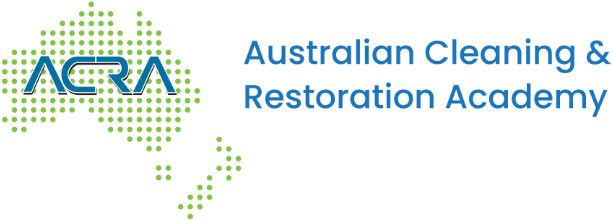The Technician training Handbook Enhances Communication Between Managers and Technicians
In the dynamic world of cleaning and restoration, effective communication between managers and technicians is essential for success. Both parties rely on clear guidance and support to ensure tasks are completed efficiently and accurately. Enter the Technician Training Handbook—a versatile tool that not only empowers technicians with valuable knowledge and skills but also facilitates seamless communication between managers and their teams.
At its core, the Technician Training Handbook serves as a comprehensive training manual, covering a wide array of topics essential to the cleaning and restoration industry. From equipment safety standards to moisture detection techniques, the Handbook equips technicians with the knowledge they need to excel in their roles. Beyond its role as a training resource, the Handbook plays a crucial role in enhancing communication between managers and technicians.
For technicians, the Handbook is a beacon of guidance and support. Instead of relying on poor memory of training events gone by, technicians can turn to the Handbook for clear, competency-based tasks. Whether it's setting up drying equipment or conducting moisture readings, the Handbook provides technicians with the information they need to complete tasks accurately and efficiently.
Moreover, the Handbook serves as a common reference point for all team members. By providing a standardized set of instructions and procedures, the Handbook promotes consistency across the team and reduces the likelihood of misunderstandings or errors. This not only boosts efficiency but also fosters a sense of confidence and autonomy among technicians, empowering them to take ownership of their work.
The benefits of the Technician Training Handbook extend beyond the technician level—it's also a valuable tool for managers and supervisors. One of the greatest challenges managers face is ensuring that their team members understand the tasks and expectations set before them. With the Handbook, this process becomes much smoother. Instead of spending valuable time explaining tasks verbally, managers can simply refer technicians to the relevant sections of the Handbook, confident that they have access to clear, actionable instructions which have previously been learnt through training, development and assessment.
Furthermore, the Handbook serves as a tool for ongoing development and training. Managers can use the Handbook to create customized training plans for their team members, identifying areas where additional training is needed and assigning relevant tasks from the Handbook. This not only ensures that technicians are continually growing and improving but also provides managers with valuable insights into their team's strengths and weaknesses.
Additionally, the Handbook can be used as a resource for coaching and mentoring. By asking questions such as "How would you approach a moisture detection task?" or "What steps would you take to set up a containment area?", managers can encourage critical thinking and empower technicians to take ownership of their learning and development.
In conclusion, the Technician Training Handbook is much more than just a training manual—it's a versatile tool that enhances communication between managers and technicians, promotes consistency and autonomy among team members, and drives success within the cleaning and restoration industry. By providing clear guidance, fostering independence, and facilitating ongoing development, the Handbook empowers both managers and technicians to achieve their goals and excel in their roles.


